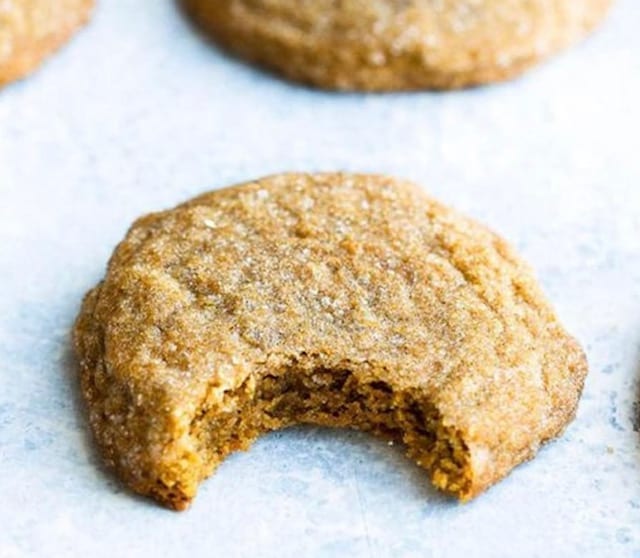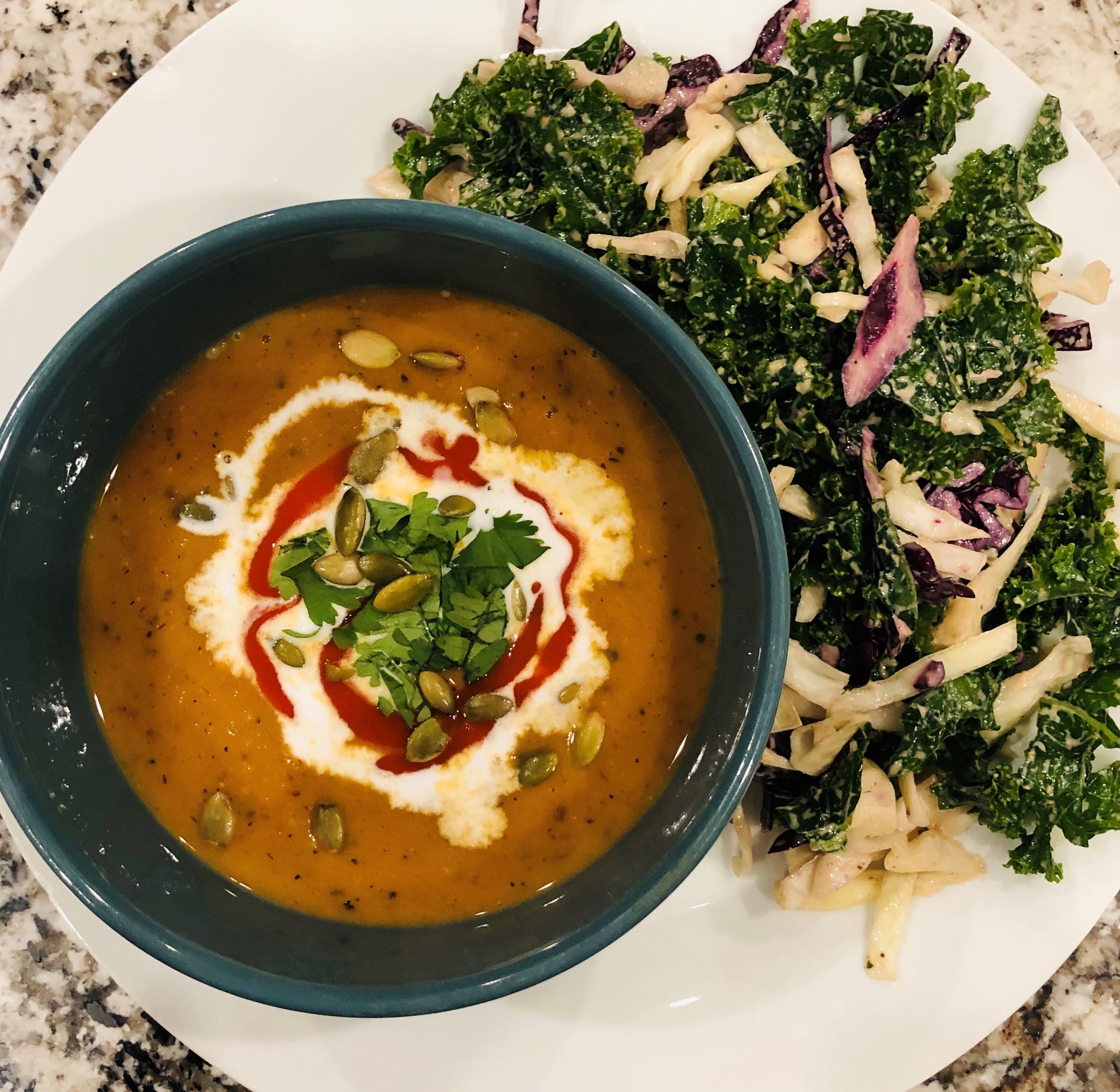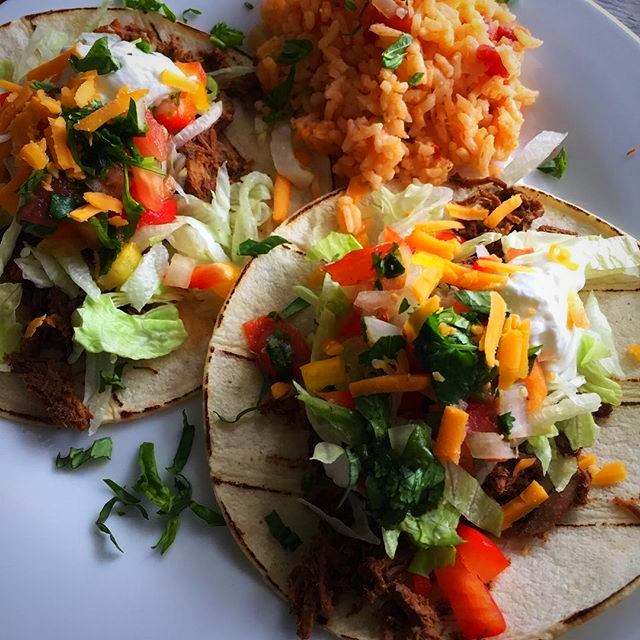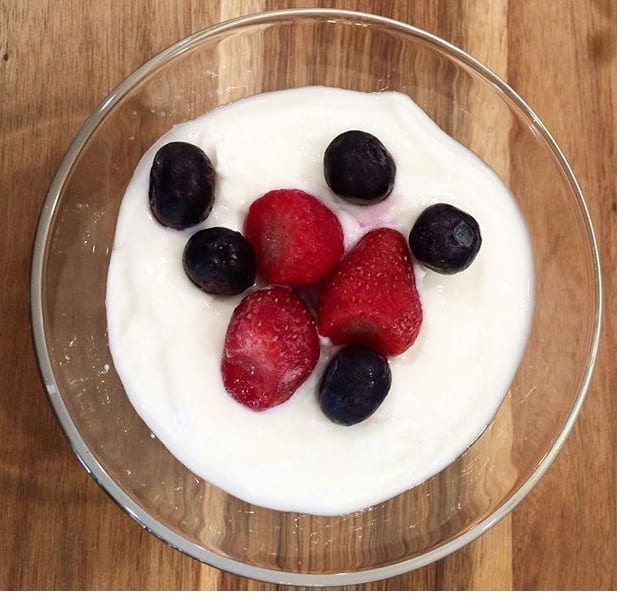Did the Low-Fat Craze Make Us Fatter?
Travel back in time with me for a moment.
Late 1980’s, through the 1990’s, and beyond when we were told fat was bad. We all reduced our fat intake, ditched the butter for margarine, switched to low fat salad dressings and ice cream, turkey bacon replaced the real thing, and a popular red licorice was advertised as the low-fat snack, along with many cookie and cracker options.
I remember frequently going through MacDonald’s drive through on my commute to work for a coffee and two low fat muffins for breakfast. Yes, two. They were low fat. All good, right?
If we were to eat any fat, then vegetable oils and margarine were referred to as “heart healthy” oils to replace butter and other artery clogging saturated fats. They were suppose to lower cholesterol and blood pressure, promote weight loss and improve overall health.
How’d that work out for us?
Well, let’s look at a study published in the Canadian Medical Association Journal in March 2014:
“Between 1985 and 2011, the prevalence of adult obesity in Canada increased from 6.1% to 18.3%. Furthermore, since 1985, the prevalence of obesity in classes I, II and III increased from 5.1% to 13.1%, from 0.8% to 3.6%, and from 0.3% to 1.6%, respectively. Taking into account regional variations, we predict that, by 2019, the prevalence of obesity in classes I, II and III will increase to 14.8%, 4.4% and 2.0%, respectively, and that half of the Canadian provinces will have more overweight or obese adults than normal-weight adults.”
Concerning stats, right?
Something had to replace the fat in our diet, and that something was various forms of carbohydrates – mostly refined grains and sugar, not vegetables and fruits.
Although fat is higher calorie gram for gram than carbohydrate, our calorie consumption didn’t decrease, it increased.
The low fat, high carb diet (especially refined carbohydrates) doesn’t satiate, doesn’t nourish adequately, and sends us on a roller coaster ride of blood glucose and insulin, leading to hunger between meals and making it difficult to control caloric intake.
As well, all this excess glucose is then converted into a form of saturated fat called palmitic acid which binds in groups of 3 to form triglycerides.
Did you get that?
Triglycerides are formed from excess glucose, then circulate through the blood as a form of energy, and stored as fat in the body when not needed for energy.
Of course with our constant supply (and excess) of food, especially carbs, we don’t need to tap into these circulating triglycerides as a fuel source, so they pile up in our blood, liver, and fat cells.
High triglyceride levels are associated with health concerns such as cardiovascular disease, liver disease, obesity, and hormonal imbalances.
Not only did the obesity rate almost triple, but according to the Canadian Institute for Health Information’s (CIHI) report, International Comparisons: A Focus on Diabetes, more than three million Canadians have type II diabetes and another 5.7 million Canadians have pre-diabetes – with hope that they can still turn it around.
Again, the low fat, high carb recommendations didn’t exactly help us here either.
We need to overcome our fear of fats, upgrade unhealthy, refined vegetable oil and their products to natural saturated and monounsaturated fats, and address our “overcarbsumption”.
I’m sure we all agree that monounsaturated fats like olive and avocado oil are good for us, but we’ve been told that polyunsaturated fats like vegetable oils should replace saturated fats found in butter, cream, and meats.
But did you know that the fat content of the human body is 97% saturated and monounsaturated fat, and only 3% polyunsaturated fat? Half of that three percent is Omega 3. This is an important balance and when we overconsume polyunsaturated fats from vegetable oils it throws this off, contributing to inflammation and disease.
Polyunsaturated fats are also very high in Omega 6 fats, which are inflammatory. It is considered an essential fatty acid (meaning our bodies require it but can’t manufacture it), however most experts agree that the omega 6:3 ratio should be about 2:1. The reality is that the ration now averages 25:1 for most people eating a Standard (North) American Diet (SAD), largely from refined vegetable oils and the processed foods that they are made with them.
So what should we eat?
What do we cut out or reduce?
Here are just a few suggestions:
- Let’s start by eating a large variety of food in its most natural state – unprocessed, unrefined, real food.
- Cut out excess sugar and don’t rely on high carbohydrate based foods to fuel our day.
- Add a source of protein and healthy fat to each meal. Source grass feed meats and eggs when possible and affordable, and for heaven’s sake eat the egg yolk too!
- Fill ½ your plate with a variety of non-starchy vegetables and add some protein and fats before loading up on starches.
- Upgrade your vegetable oils (canola, corn, soybean, sunflower, etc), margarine, mayonnaise, and dressings to olive, avocado, and coconut oil and organic butter and cream.
- Include nuts and seeds, but limit to a handful per day.
- Read labels! Sugar and vegetable oils are hidden in almost everything. That “healthy” non-fat vanilla Greek yogurt? Between 18 and 24 grams of sugar per serving. Olive oil mayonnaise? Yes, it has some olive oil, but also soybean and canola oil. Remember, most processed foods are made with unhealthy, refined vegetable oils and added sugars, but of course my first point was reducing/removing processed foods.
Upgrading and increasing dietary fat was my FIRST step to restoring health. This helped me stay satisfied between meals and curbed the crazy carb cravings. It also nourished and calmed my nervous system and thereby my mind, grounding me and reducing stress and anxiety.
I’ve posted a super simple (and healthy!) mayonnaise recipe below. You’ll whip this up faster than you can find the condiments aisle in the grocery store.
Homemade Mayonnaise
So easy to whip up. This is also the base for my Caesar dressing and ranch veggie dip. I keep in in my fridge for up to two weeks, although it rarely lasts that long.
After 2 weeks I do the high tech smell test. The nose knows. I have thrown it out ONCE because my nose wasn’t confident – but it was at about the 4 week mark. So to be safe I say 2 weeks if using fresh farm eggs.
*if you lacto-ferment it, it will last a couple months according to Sally Fallon from “Nourishing Traditions”. That’s a whole other topic that I will get into another time.
- 1 farm fresh egg (or just the yolk if you’re concerned about salmonella risk).
- 2 tsp. lemon juice
- 1 tsp. apple cider vinegar (or white vinegar if you don’t have ACV)
- ¼ tsp. Dijon mustard or mustard powder
- ½ tsp. salt (ideally unrefined such as Himalayan pink)
- 1 cup olive oil OR avocado oil OR a combination of both.
- Pinch of black pepper (optional)
Place all ingredients in 1 quart mason jar and allow ingredients to settle. Place immersion blender in jar and turn on, then angle it slightly to one side so it can draw ingredients in. When it thickens and becomes creamy, move blender up and down gently to ensure all ingredients are mixed well. That’s it! Enjoy!








